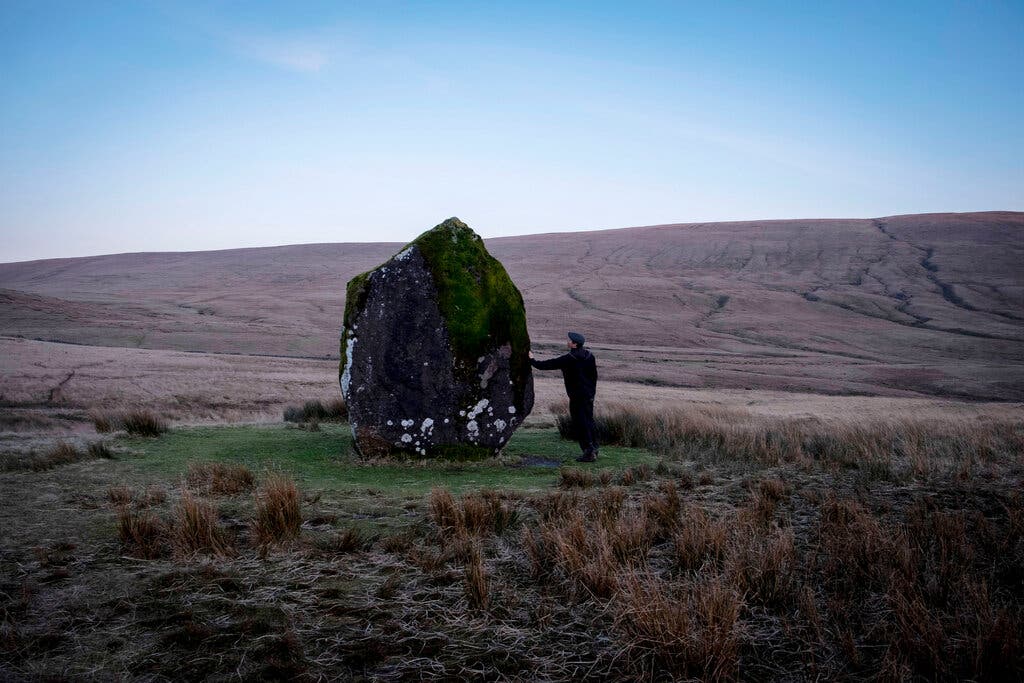Three years ago, a large multinational research team headed in part by Harvard geneticist David Reich published their findings in the journal Nature, shedding light on one of ancient Britain’s most enigmatic riddles.
The descendants of the nomads then migrated westward into Britain, where they interbred with the Neolithic people so completely that within a few hundred years, the newcomers accounted for more than 90 percent of the island’s genetic makeup. According to the findings of the study, immigrants were responsible for almost all of the repopulation of Britain.
Dr. Reich’s latest article, which was published on Wednesday in Nature, focused on the genomic history of Britain, the nation from which geneticists have extracted the greatest number of ancient samples. In the research, which has 223 co-authors, it is shown that a following and previously unreported massive migration into Britain occurred between 1,300 BCE and 800 BCE, which was previously unknown.
After analysing DNA from 793 individuals, the researchers discovered that a massive Late Bronze Age movement displaced approximately half of the ancestors of England and Wales. They also discovered that a massive Late Bronze Age movement may have brought early Celtic languages to the island from Europe, potentially solving another long-standing mystery about British history.
Researchers discovered that the ancestry of early European farmers rose in southern Britain between 1,000 and 875 BCE, but not in northern Britain during this time period (now Scotland). He argued that this was caused by an inflow of foreigners who came at this time and during prior centuries, who — no doubt to the amazement of 21st-century British nativists – were genetically closest to historical residents of France.
During the Iron Age, which started about 750 B.C. and ended with the arrival of the Romans in A.D. 43, these immigrants may have accounted for as much as half of the genetic composition of the population in southern Britain, according to some estimates. Dr. Reich came to the conclusion that migration to Britain from continental Europe was little based on DNA data from that time period.
During the Middle to Late Bronze Age, archaeologists have known for a long time about the commerce and exchanges that took place across the English Channel, according to Ian Armit, an archaeologist at York University who worked on the project with his colleagues. “However, whereas we may have previously assumed that long-distance mobility was limited to a small number of individuals, such as merchants or small bands of warriors,” he said, “new DNA data indicates that significant numbers of people were travelling, throughout the whole spectrum of society.”
According to Lara Cassidy, a geneticist at Trinity College Dublin who was not engaged in the study, the discovery was “a victory.” When we stand back and analyse Bronze Age Britain on a macro scale, we see significant migrations of people across millennia that are likely to have had substantial cultural and linguistic implications.”
“This study shows how archaeologists and ancient DNA researchers have made considerable gains in recent years in working together to answer challenges that are of interest to archaeologists,” Dr. Reich stated.
“To a significant part, this is owing to the high ancient DNA sample sizes that are now economically feasible to acquire,” he said. According to the researchers, “These investigations are also starting to address topics that are actually significant physiologically and culturally.”
Despite the enormous progress made by what Dr. Reich refers to as the “genomic ancient DNA revolution” in transforming our understanding of modern humans, the practise of extracting DNA from ancient human remains has raised a number of ethical concerns, ranging from access to samples to ownership of cultural heritage and beyond. According to some critics, the very debate over who should be deemed Indigenous has the potential to inflame nationalism and xenophobia in various regions of the globe.
In Dr. Reich’s opinion, “either Europeans endured stomachaches prior to genetic modifications or, perhaps more likely, they ingested processed dairy products such as yoghurt or cheese, where the lactose level has been greatly lowered by fermentation.”

